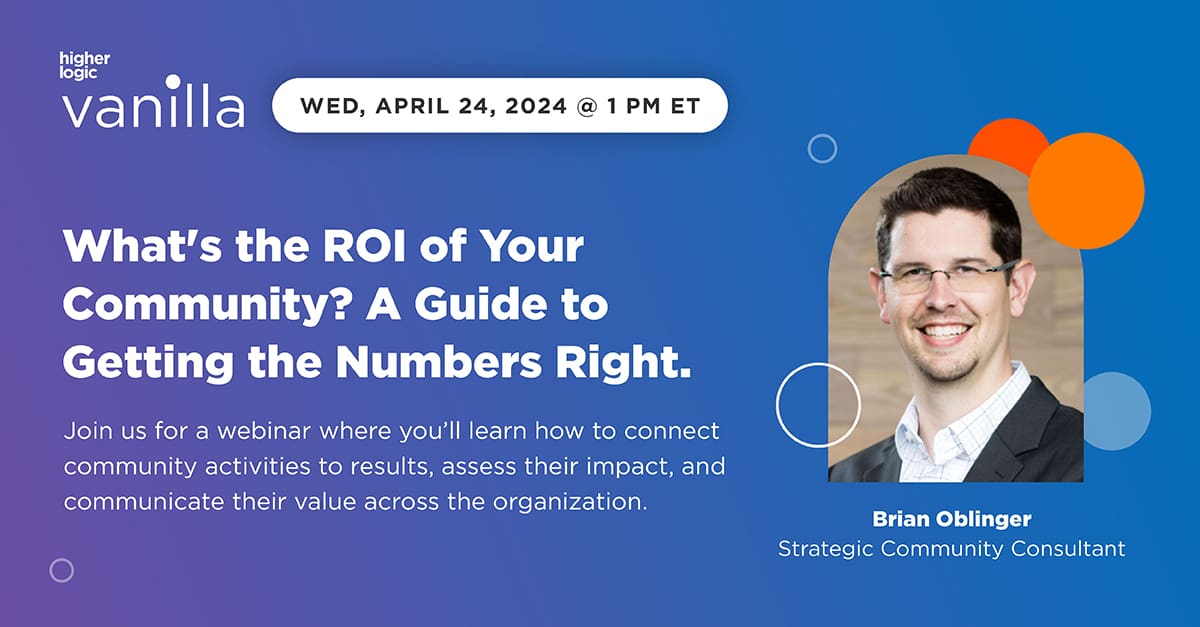Mobile Game Engagement: Strategies for Attracting More Users

With nearly 165 million mobile phone gamers in the US alone, it’s no wonder that mobile gaming revenue topped $2.5 billion from 2013-2016. With penetration at only 55%, however, it’s no surprise that developers continue to pursue this largely untapped market.
Since you’re reading this post, I’m going to assume you’re a game developer who’d like to grab a piece of that pie. If we were living in a perfect world and you’d have you’d have unlimited funds, I’d tell you to stop reading and find yourself a dedicated user acquisition manager.
But, we live in the real world. Most game developers are bootstrapped and working on their own. So, this post is dedicated to the little guy who knows how to code the snot of a video game but hasn’t the slightest clue about how to get people to play it.
Marketing and Advertising to Potential Gamers
First things first; people need to know your game exists. In other words, you need to advertise.
1. Identify Target Demographic – This may be marketing 101, but it’s crucial that you identify your ideal gamer as early as possible. Develop a buyer persona for that target player and organize your marketing efforts around him or her.
2. Focus on Creativity – Surprisingly, game developers will focus most of their energy on designing a beautiful product and then scrape the bottom of the creative barrel to advertise it to the world. Make sure you put every bit of your creative energy into marketing your game, even if it means adjusting your launch timeline.
3. Optimize, Optimize, Optimize! – You’ll be amazed at just how many poorly written game descriptions you can find on the App Store or Google Play. Take the time to identify keywords that are relevant to your target gamers and tailor a compelling description to match.
4. Spread the Word Across Multiple Channels – Begin with a broad sweep of channels where your target gamers are likely to spend their time. Tailor your creative message to fit each channel. On Instagram, for example, you may choose to highlight screenshots from the actual game. On Facebook, you may prefer to post live gameplay videos.
5. Test, Tweak, and Test Some More – Marketing is an iterative process. Measure every little thing you do. Keep what works and ditch what doesn’t. As you narrow down your most effective marketing channels, tweak your messaging and creative elements to carve out your own narrow slice of the market.
In-Game User Acquisition
There will come the point when advertising loses its edge, and your model will need to shift from out-of-game advertising to in-game acquisition. While both of these approaches should run alongside one another, expect media campaigns give way to in-game promotions as the best way to attract new users.
- User Experience – Naturally, your game needs to be both fun and easy to engage with. That’s not to say the game itself can’t be challenging, but the functionality of the game itself needs to be crisp and straightforward to follow. Building on that base, you can work in opportunities for social engagement from within the app.
- Social Integration – Games like Farmville and Candy Crush—though infamous for their ability to commandeer a Facebook news feed—are vivid examples social gameplay. While your game doesn’t have to be as annoying forward about it as a game like Farmville, you should build in ways to connect gamers across various social channels.
- Incentivized Outreach – Less than 1% of free-to-play mobile gamers will actually spend money to unlock new features in the game. That makes freebies a huge motivator. Awarding in-game incentives—extra lives, power-ups, rare items, etc.—for external invitations can help your game spread like wildfire.
We’ve only scratched the surface with these suggestions. At the very least, they’ll give you a strong framework on which to develop your user acquisition strategy. Are there any ideas I’ve missed? Leave a comment below and let us know what’s worked well for you.


